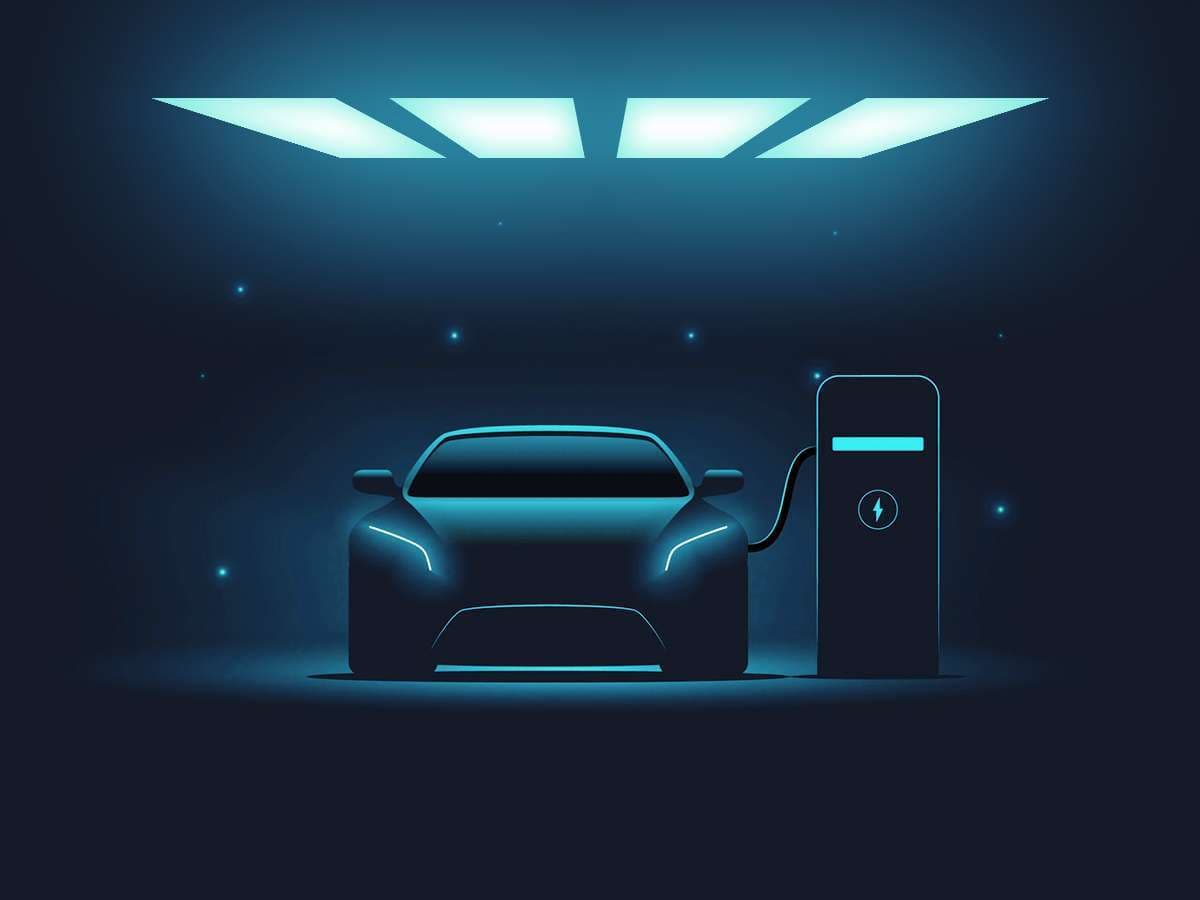The Vehicle Identification Number, often referred to as VIN, is a unique identifier that serves as the fingerprint of every vehicle. This vehicle identification code tells the story of the vehicle’s origin, its make, model, and other essential details. But to truly understand its significance, we must first delve into its origins.
The History of the VIN
The concept of a unique identifier for vehicles, known as the Vehicle Identification Number, has its roots in the mid-20th century. Before the 1980s, there was no standardized system for VINs. Each manufacturer had its own format, leading to a myriad of configurations and potential confusion.
- 1954: The inception of the VIN system. American automobile manufacturers began using VINs to identify their vehicles. However, these early VINs lacked consistency across the industry.
- 1968: A more systematic approach to VINs emerged. The United States required all road vehicles to have a VIN, but still, there was no standardized format.
- 1981: A significant year for the VIN system. The National Highway Traffic Safety Administration (NHTSA) introduced the standardized 17-character format we know today. This ensured that no two vehicles produced within a 30-year timeframe would have identical VINs. The 17-character format was designed to exclude characters that could be confused, such as O, I, and Q.
The introduction of a standardized VIN was more than just an administrative decision. It was a move to enhance public safety, deter vehicle theft, and streamline the process of vehicle recall campaigns.
Locating the VIN

The VIN is stamped in multiple strategic locations to ensure easy accessibility for various purposes, from routine checks to official verifications. Here’s where you can typically find the VIN:
- Cars:
- Dashboard: This is the most common location. On the driver’s side, where the dashboard meets the windshield, the VIN is prominently displayed. It’s designed to be easily viewed from outside the vehicle, making quick checks possible without even entering the car.
- Door Jamb: When you open the driver’s side door, there’s a sticker or plate on the door frame (where the door latches). This often contains the VIN along with other vehicle details.
- Engine Bay: Near the front of the engine block.
- Documents: The VIN is also listed on official documents like the vehicle title, registration, and insurance papers.
- Motorcycles:
- Headstock: This is the section close to where the handlebars meet the bike, a common place to find the motorcycle VIN.
- Frame Rail: Typically found on the right side of the motorcycle.
- Engine: Especially for older models, the VIN might be stamped at the bottom of the engine.
Knowing where to find the VIN is crucial. Whether you’re a mechanic, a car enthusiast, or someone considering purchasing a vehicle, the VIN serves as the first step in verifying a vehicle’s authenticity and history.
Decoding the VIN

The VIN, while appearing as a random sequence of characters, is a meticulously structured code that reveals a wealth of information about the vehicle. Each character or set of characters within the VIN has a specific meaning. For those unfamiliar with the structure, tools like a VIN decoder can be invaluable. These decoders, available online, can perform a VIN lookup to provide detailed information about a vehicle.
| Position | Segment | Description | Example |
|---|---|---|---|
| 1-3 | WMI | World Manufacturer Identifier | ‘WAU’ indicates a German-made Audi. |
| 4-8 | VDS | Vehicle Descriptor Section | ‘A21B3’ could indicate a sedan with a specific engine type. |
| 9 | Check Digit | A security code to validate the VIN | ‘7’ might be the check digit for a particular VIN. |
| 10 | Model Year | Indicates the vehicle’s model year | ‘L’ could represent the year 2020. |
| 11 | Assembly Plant | Reveals where the vehicle was manufactured | ‘F’ might indicate a specific factory in Detroit. |
| 12-17 | VIS | The unique number assigned to each vehicle as it comes off the production line | ‘123456’ would be the sequence number. |
Free vs Paid VIN Decoders
Decoding a VIN manually can be a complex task, given the depth of information it contains. This is where VIN decoders come into play. These are tools designed to automatically translate the code into understandable information about the vehicle.
There are two primary types of VIN decoders:
- Free VIN Decoders: These tools allow users to input a VIN and get basic information about the vehicle. This typically includes details like the make, model, year, engine type, and other standard vehicle attributes. The free VIN decoders essentially break down the VIN to provide a general overview of the vehicle.
- Paid VIN Decoders: For those seeking more in-depth information, paid VIN decoders offer a comprehensive view of the vehicle’s history. By inputting the VIN, users can access details like:
- Odometer readings over time.
- Accident history and related repairs.
- Recall information.
- Previous owners and title changes.
- Potential theft records.
Paid VIN decoders source their information from various databases, ensuring that users get a holistic view of the vehicle’s history. This can be invaluable for potential buyers, mechanics, and enthusiasts looking to understand a vehicle’s past in detail.
Germany’s Protective Stance on VINs
Germany stands out in its approach to VINs, reflecting its broader commitment to individual privacy and data protection. The German data protection legislation, BDSG (Bundesdatenschutzgesetz), implemented in 2018, places stringent restrictions on the storage of personal information related to vehicles. This includes details like mileage or accident history.
While this law prioritizes individual privacy, it poses challenges for those seeking comprehensive used German car histories. However, it’s a testament to Germany’s commitment to data privacy. This protective stance ensures that while vehicles can be identified and verified, personal data remains shielded from potential misuse.
VIN in Electric Cars
The emergence of electric vehicles (EVs) has brought about a paradigm shift in the automotive industry. As vehicles evolve, so does the VIN system to accommodate the unique attributes of these modern marvels.
- Adaptation to Electric Vehicles: Traditional VIN structures, which were designed around combustion-engine vehicles, have been adapted to represent electric vehicles. For instance, specific characters in the VIN, which might have once indicated engine size or fuel type, now denote electric propulsion. An example is the seventh character in a Tesla VIN, where “E” signifies it’s an electric vehicle.
- Distinguishing Features: As the EV market diversifies with various types of electric vehicles – from full electrics to plug-in hybrids – the VIN provides clarity. It helps distinguish between a purely electric vehicle, a hybrid, or even a hydrogen fuel cell vehicle.
- Future of VIN in EVs: As the automotive world continues its shift towards sustainable transportation, the VIN system will see further refinements. With the introduction of new technologies, battery types, and propulsion methods, the VIN will remain a crucial tool in identifying and categorizing vehicles.
The Importance of the VIN
The VIN, while a simple string of characters, plays a pivotal role in the automotive world:
- Theft Deterrence: Introduced as a tool to combat vehicle theft, the unique VIN makes it challenging for stolen vehicles to be sold without raising suspicion. It also aids law enforcement in tracking and recovering stolen vehicles.
- Recalls & Safety: Manufacturers use the VIN to identify vehicles with defects or issues. By identifying the affected vehicles through their VINs, manufacturers can issue recalls, ensuring that potential hazards are addressed promptly. This is crucial for public safety.
- Regulations & Compliance: Authorities use the VIN to ensure vehicles adhere to importation rules, safety regulations, and emission standards. It’s a checkpoint ensuring that every vehicle on the road meets the required standards.
- Purchase & Verification: For potential buyers, especially in the used car market, the VIN is an invaluable asset. It’s the starting point for verifying a vehicle’s history. A quick VIN check can reveal if a car has been involved in major accidents, if there are discrepancies in its history, or if it’s been flagged for potential issues.
- Insurance & Valuation: Insurance companies rely on the VIN to determine vehicle specifications, previous claim history, and potential risk factors. It aids in providing accurate insurance quotes. Additionally, valuation experts use the VIN to ascertain a vehicle’s market value, considering its make, model, year, and history.
Conclusion
The Vehicle Identification Number is a testament to the automotive industry’s complexity and evolution. It’s a bridge between a vehicle’s past and present, providing insights that range from its birthplace to its current condition. As vehicles continue to evolve, incorporating new technologies and adapting to the world’s changing needs, the VIN will undoubtedly remain an integral part of the automotive narrative. It’s a beacon of trust for manufacturers, regulators, and consumers alike, ensuring that every journey on the road is backed by a legacy of authenticity and clarity.



